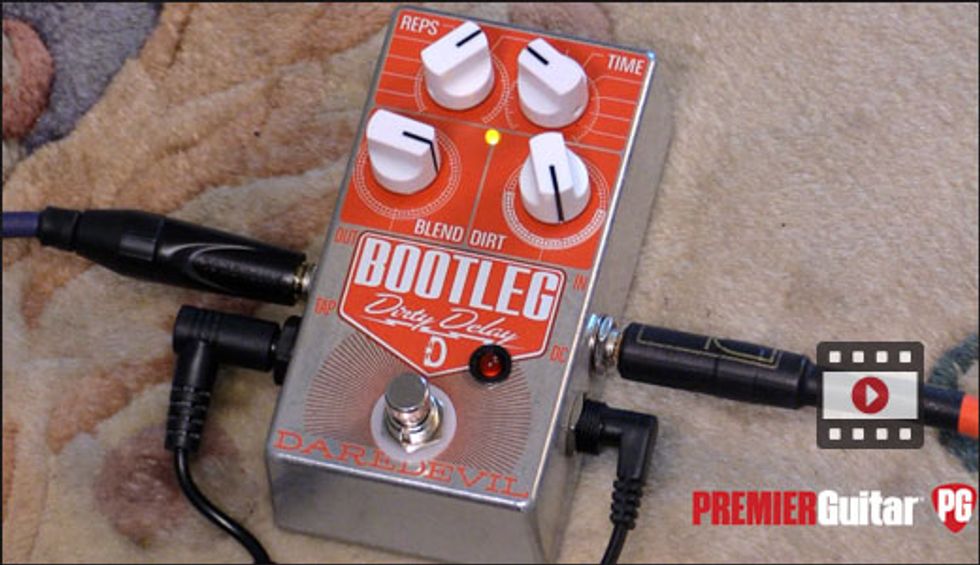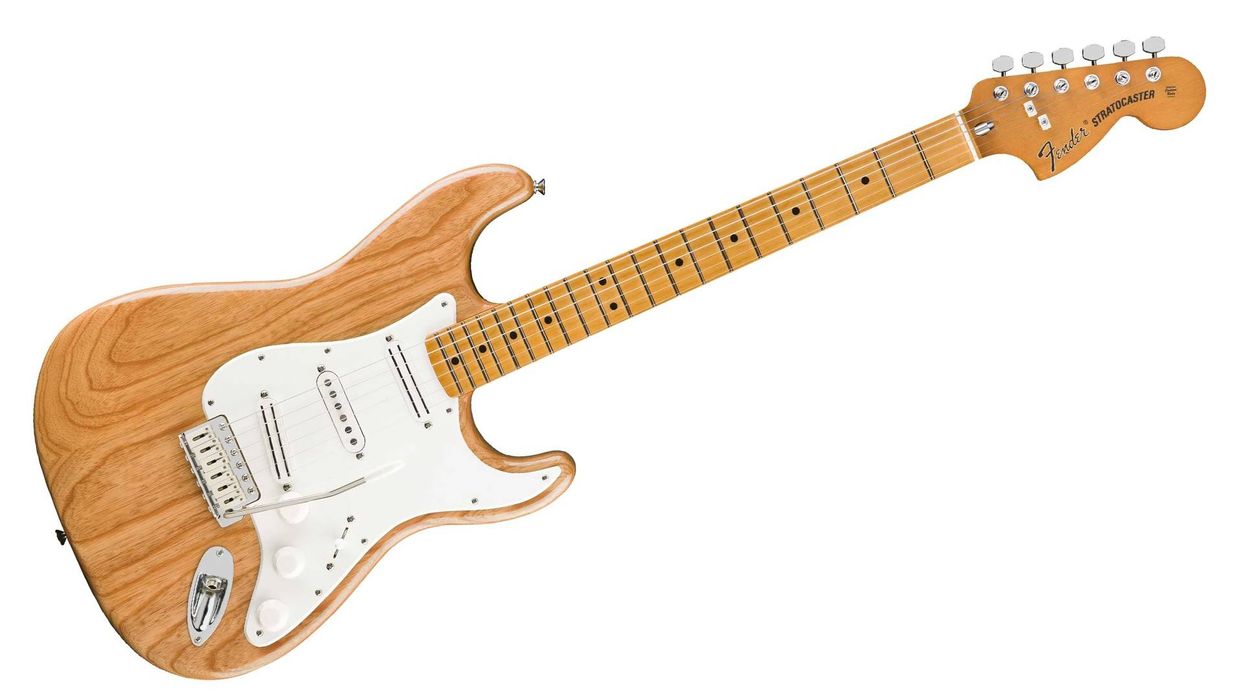First Look: Daredevil Bootleg Dirty Delay
Hear how Chicago's Jonny Wator uses a Princeton 2399 IC digital chip to reproduce an analog-voiced echo machine dripping with pleasantly nasty repeats.
By John BohlingerMar 14, 2019
John Bohlinger
John Bohlinger is a Nashville-based multi-instrumentalist best known for leading the band on NBC's Nashville Star, serving as music director for the CMT Awards and specials on PBS and GAC, and of course for his appearances in PG Rig Rundown, Review Demo, Axes & Artifacts, and What Bohlinger Plays videos.






![Rig Rundown: AFI [2025]](https://www.premierguitar.com/media-library/youtube.jpg?id=62064741&width=1245&height=700&quality=70&coordinates=0%2C0%2C0%2C0)












 Shop Scott's Rig
Shop Scott's Rig




![Devon Eisenbarger [Katy Perry] Rig Rundown](https://www.premierguitar.com/media-library/youtube.jpg?id=61774583&width=1245&height=700&quality=70&coordinates=0%2C0%2C0%2C0)








 Zach loves his Sovtek Mig 60 head, which he plays through a cab he built himself at a pipe-organ shop in Denver. Every glue joint is lined with thin leather for maximum air tightness, and it’s stocked with Celestion G12M Greenback speakers.
Zach loves his Sovtek Mig 60 head, which he plays through a cab he built himself at a pipe-organ shop in Denver. Every glue joint is lined with thin leather for maximum air tightness, and it’s stocked with Celestion G12M Greenback speakers.









